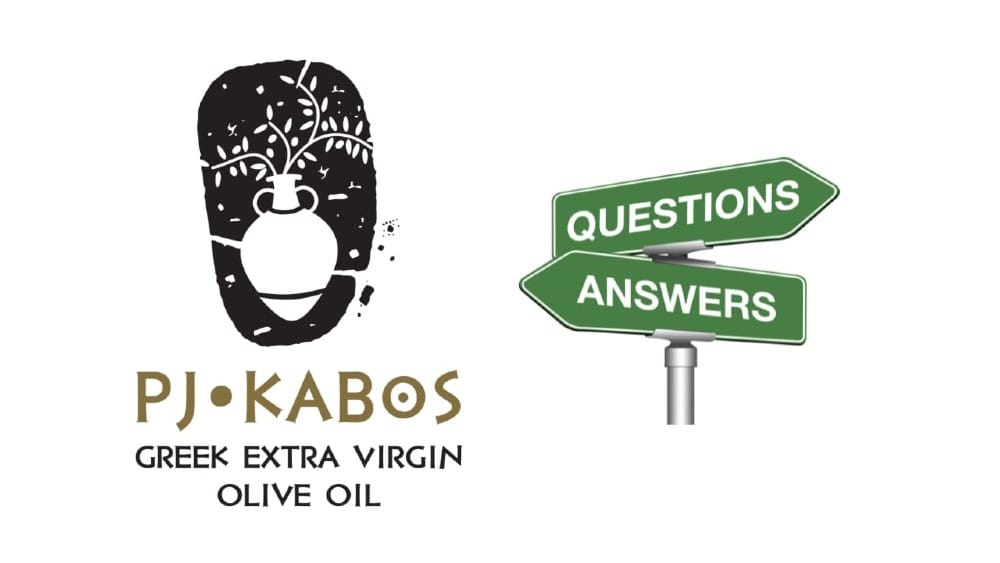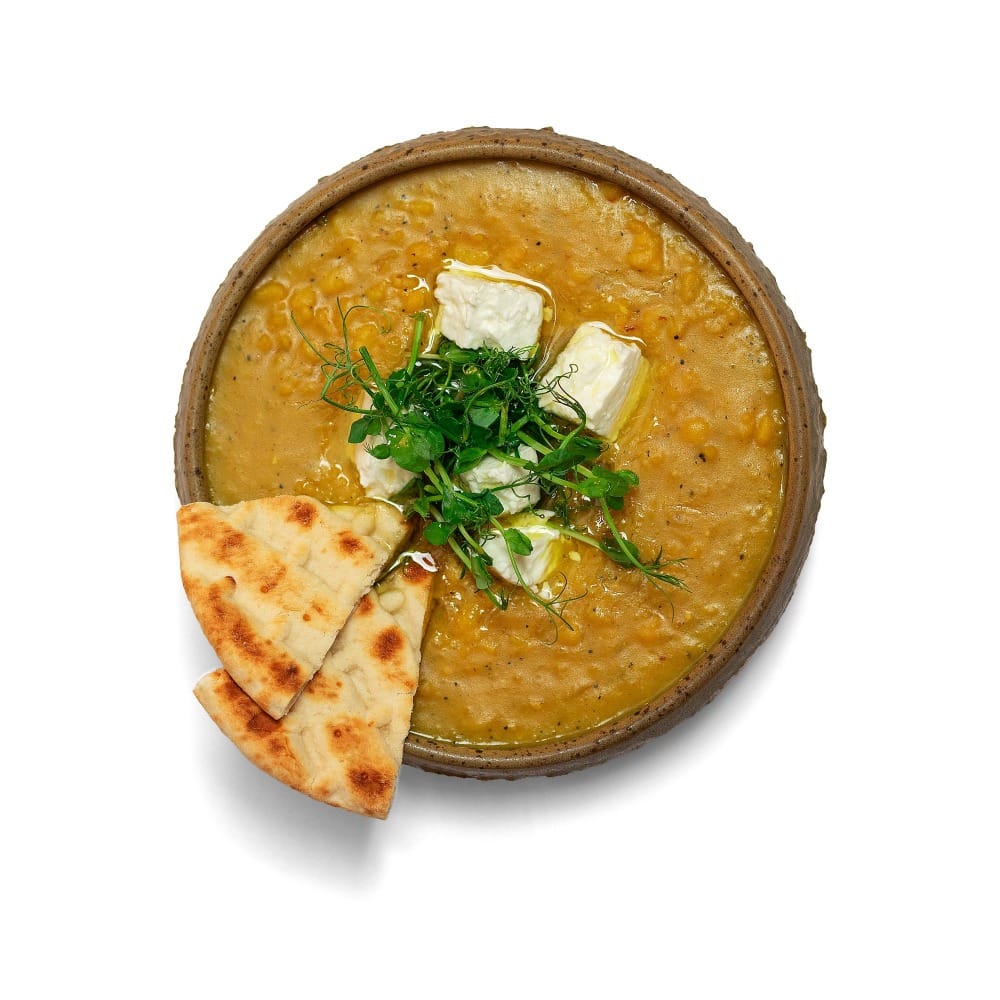In the diverse world of olive oil, the term “cold pressed” is often heralded as a marker of high quality and superior taste. But what exactly does this term mean, and why is it significant? This article will unfold the layers of the cold-pressed olive oil process, unraveling its benefits and explaining why it stands out in the market.
What is Cold Pressed Olive Oil?
“Cold pressed” refers to the method used to extract oil from olives. During this process, olives are pressed to extract the oil, without the use of heat, ensuring that the oil retains its natural flavor, aroma, and nutritional value.
The Cold Pressing Process
- Harvesting: The process begins with harvesting olives while they are still ripe. This is crucial for ensuring the highest quality oil.
- Cleaning: After harvesting, the olives are cleaned to remove leaves, stems, and other debris.
- Crushing: The clean olives are then crushed to form a paste. This is traditionally done with large granite stones.
- Malaxing: The paste is gently mixed, allowing the oil molecules to coalesce, making it easier to extract the oil.
- Pressing: The paste is pressed (without heating beyond a particular temperature, typically below 27°C (80.6°F)) to extract the oil.
- Separation: Lastly, the oil is separated from the other components, resulting in pure, cold pressed olive oil.
Benefits of Cold Pressed Olive Oil
1. Nutrient Retention:
The absence of heat during extraction means that the oil retains most of its nutrients, antioxidants, and vitamins that would otherwise be lost in the heating process.
2. Superior Flavor:
Cold pressed olive oil boasts a full, robust flavor that is unaltered by the high temperatures used in other extraction methods.
3. Healthy Fats:
The oil is rich in monounsaturated fats, which are heart-healthy and beneficial for managing cholesterol levels.
4. Antioxidant-Rich:
Cold pressed olive oil contains higher levels of antioxidants like vitamin E and phenolic compounds, beneficial for combating oxidative stress and inflammation.
Conclusion
In conclusion, cold pressed olive oil stands as a premium choice in the world of olive oils for its nutrient-rich profile, health benefits, and unadulterated flavor. Opting for cold pressed olive oil is not just a choice for better taste, but also a step towards a healthier lifestyle, ensuring you reap the maximum benefits from every drop of oil you use.



